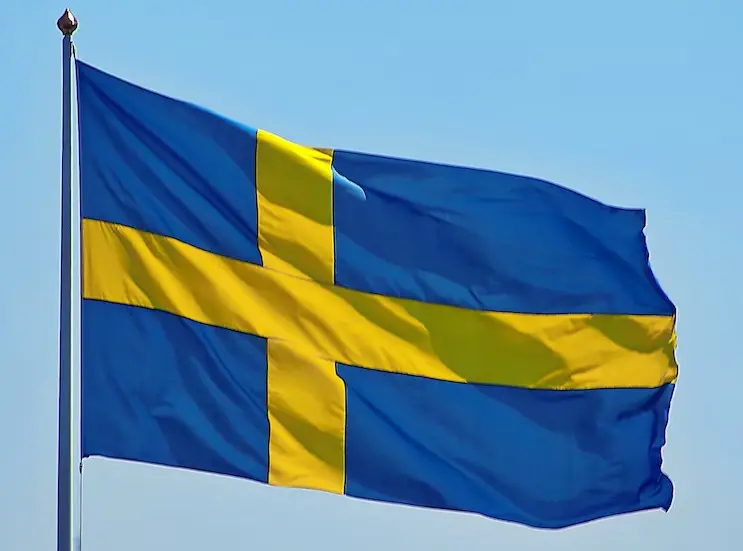On Tuesday, Statistics Sweden announced that Sweden is on course to enter a mild recession following a 0.8% decline in its GDP in the second quarter compared to the first quarter of the year.
The Nordic region’s largest economy fell due to reduced exports of goods, and a fall in inventories, which negatively affected the GDP figures, according to the data.
Michael Grahn, chief economist at Danske Bank noted that although the fall in GDP was smaller than had been forecast, “the Swedish export motor is in trouble.”
The Swedish economy has been pummeled by a stubbornly high inflation since last year, with its central bank increasing interest rates in response. As the cost of goods and loans has increased, households have cut back on spending.
Jessica Engdahl, head of the section at Statistics Sweden’s National Accounts Department said, “The second quarter of 2023 was generally weak with declines in several of the main components of GDP.”
She added, “Household consumption expenditure was negative for the fourth consecutive quarter.”
Sweden’s largest bank, SEB, has pointed out that how deep the contraction will end up being will be determined by how much households are willing to spend.
With real disposable income dropping by 3% compared to the second quarter of 2022, expenditures on housing, recreation, and culture have all decreased, leading household consumption to decline by 0.2%.
SEB warned, “Sweden will continue to look more anemic than many other countries.”
Meanwhile, economists from Handelsbanken forecast that Sweden will see GDP continue to decline over the second half of 2022, adding the Nordic nation is, “heading for a mild recession.”

